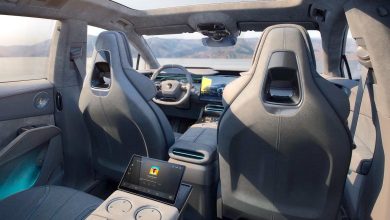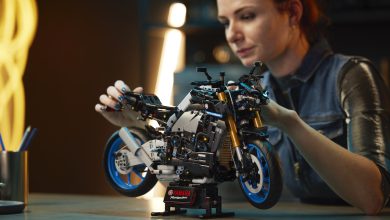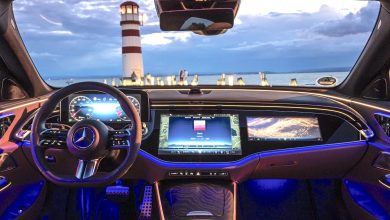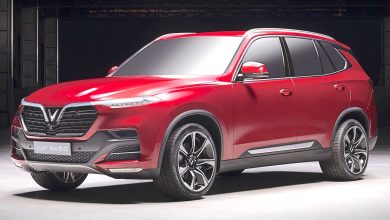Toyota Shares Plans For All NEW EV Battery Technology
Toyota might have been late to the Ev segment but they are about to catch up fast
Japanese automaker, Toyota, is pioneering the future with the power of technology, centered on innovative battery EV technology and the establishment of a hydrogen business.
After the successful release of its hydrogen powered models including the Mirai, Hilux and more, the brand is set to truly make an impact now.
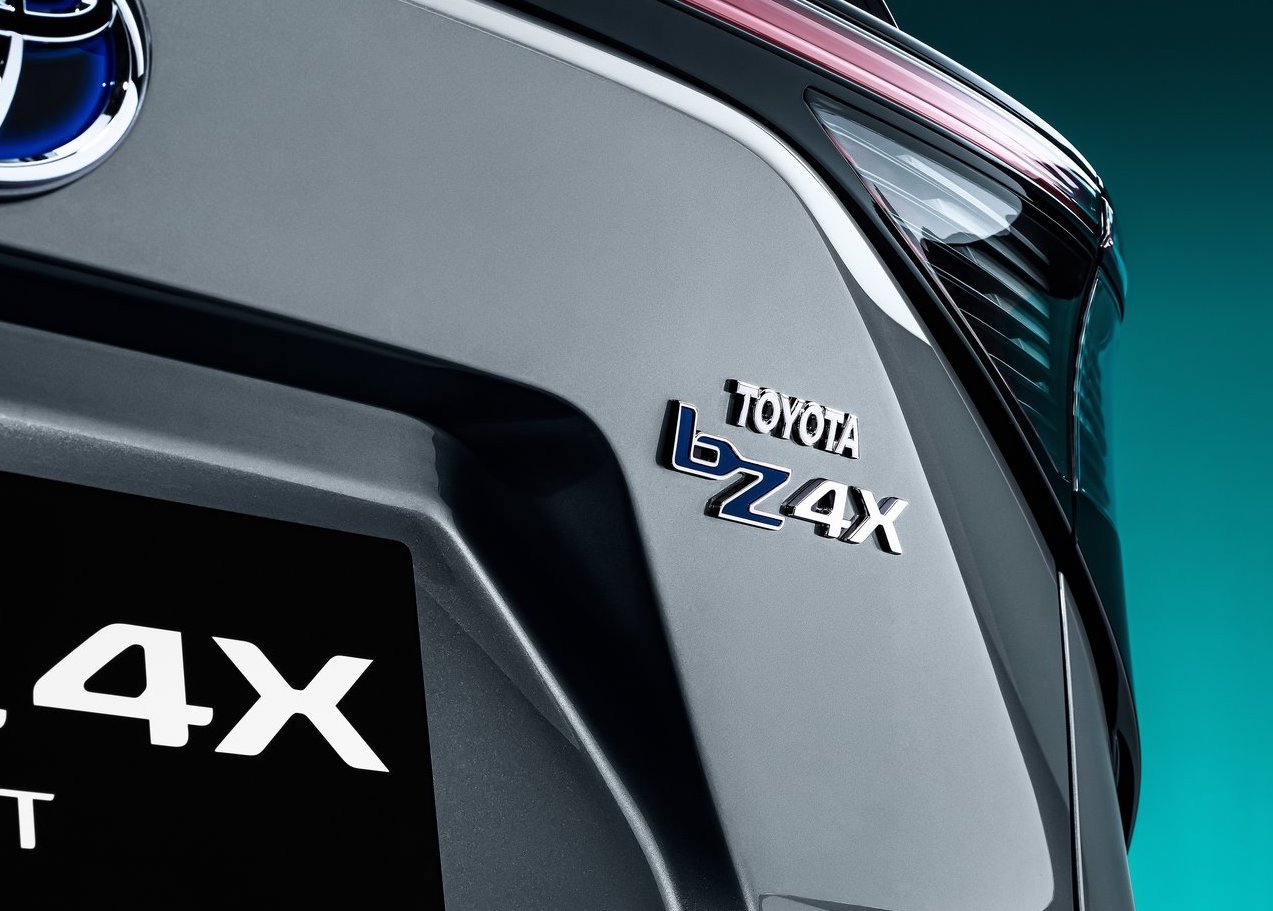
Moreover, Toyota has recently held a technical briefing session, “Toyota Technical Workshop,” under the theme “Let’s Change the Future of Cars” and announced a variety of new technologies that will support its transformation into a mobility company. Whether or not it will go global has yet to be announced though.
Hiroki Nakajima, Executive Vice President and Chief Technology Officer, explained Toyota’s technology strategy and the direction of future car manufacturing. In addition, he also spoke on specific and diverse technologies, including concepts under development, which will help achieve the vision and policies that have been communicated so far.
Also speaking were Takero Kato, who has been appointed president of the newly established battery electric vehicle (BEV) Factory, and Mitsumasa Yamagata, who is scheduled to be appointed president of the Hydrogen Factory to be launched in July. They elaborated on their respective strategies for the Toyota battery EV and hydrogen businesses.
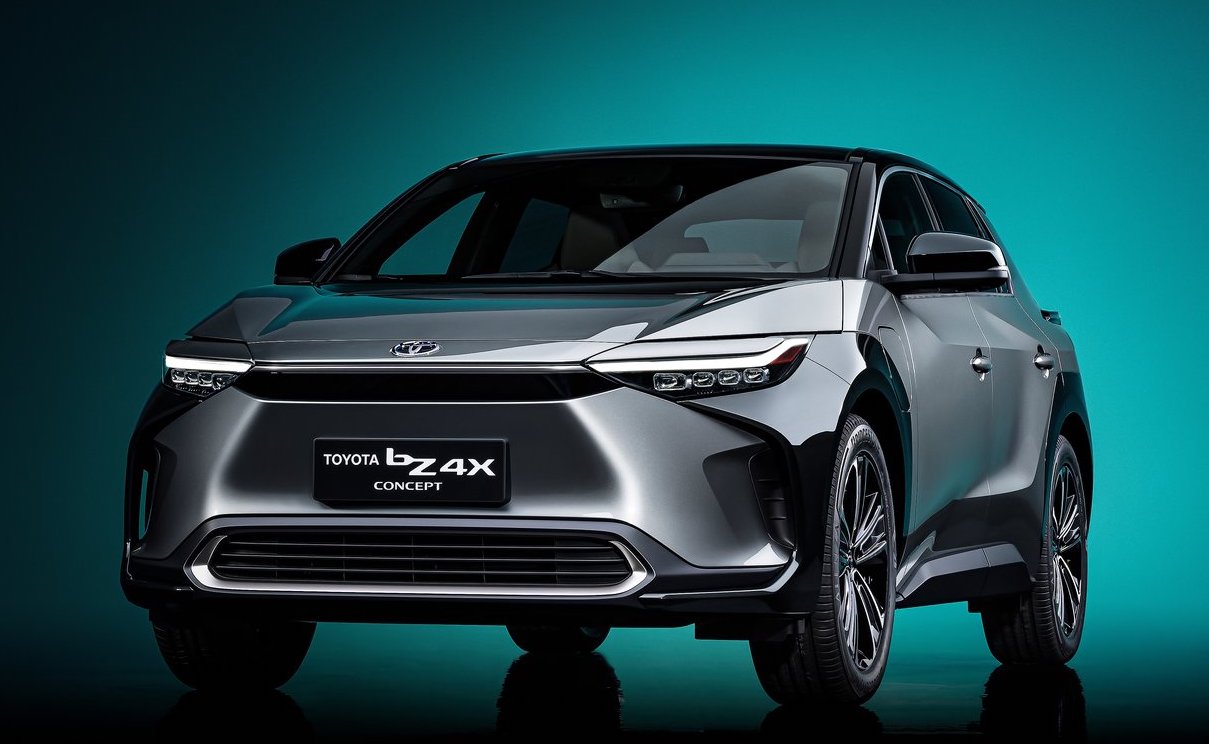
On top of that, it seems that Toyota is going full throttle in this mission to completely change the future of the automotive industry and I am all for it. I also hope to see more Hydrogen powered Toyota vehicles in Malaysia sooner rather than later but I have a feeling it will be a while before this happens.
So what do you guys think about this? While virtually all other automakers are insisting on going electric, Toyota is pushing for hybridisation and hydrogen power.
Meanwhile, Toyota has already put in motion the sales and distribution of their full electric SUV, the bZ4x which incidentally was previewed recently in Malaysia, after its Thailand launch.
The bZ4X offers the off-road performance you’d expect from a capable SUV, coupled with a longer wheelbase and an expansive silhouette that achieves the smooth and fun driving performance inherent in an all-electric vehicle.
Thanks to the e-TNGA dedicated platform, driving the bZ4X is fun and engaging. Due largely in part to the maximum torque available at the first RPM. No torque ramp-up, no power bands – just throw-you-in-the-back-of-your-seat power.
Offered in both Front-Wheel Drive (FWD) and All-Wheel Drive (AWD), the all-electric bZ4X produces a horsepower rating of 201 for FWD and a horsepower rating of 214 for AWD. And with an estimated 0-60 acceleration time of 7.1 seconds for FWD and 6.5 seconds for AWD, the bZ4X offers instantaneous torque.
The XLE FWD model has an EPA-estimated range rating of up to 252 miles. The XLE AWD model has an EPA-estimated range of up to 228 miles. The EPA-estimated fuel economy rating for XLE FWD is 131 MPGe city, 107 MPGe highway and 119 MPGe combined. The EPA-estimated fuel economy rating for XLE AWD is 114 MPGe city, 94 MPGe highway and 104 MPGe combined.
Impressive driving performance is due in part to the bZ4X being built on the BEV-dedicated e-TNGA platform, a first for Toyota. Through this architecture, bZ4X achieves a low center of gravity and greater rigidity thanks to the high-capacity Lithium-Ion battery pack placed flat under the floor.
The engineering team aimed to achieve the utility typically offered in small SUVs, along with smooth and powerful driving performance one would expect from an electric vehicle. Impressive handling is also due in part to the battery cross-framing structure, which adds to overall vehicle rigidity.
The adoption of a lightweight body structure with sections of high tensile steel reinforced frame components around the battery pack coupled with a dynamic suspension contribute to the agile responsiveness of bZ4X.
An intelligent throttle feature provides a smoother feel when accelerating and decelerating and slip suppression provides impressive control on slippery roads. The Regenerative Braking Boost Mode feature reduces the frequency the brake pedal must be depressed, helping to reduce the burden on the driver.
The engineering team also focused on features that help optimize energy-saving and cruising range for year-round driving. In addition to aerodynamic design choices and body weight reduction efforts, the following systems and equipment were adopted to reduce energy consumption, especially power used for heating in cold climates:
- Heat pump system for both heating and air-conditioning
- Available Seat and steering wheel heaters
- Available Front-seat radiant foot-and-leg heater (first for Toyota)

